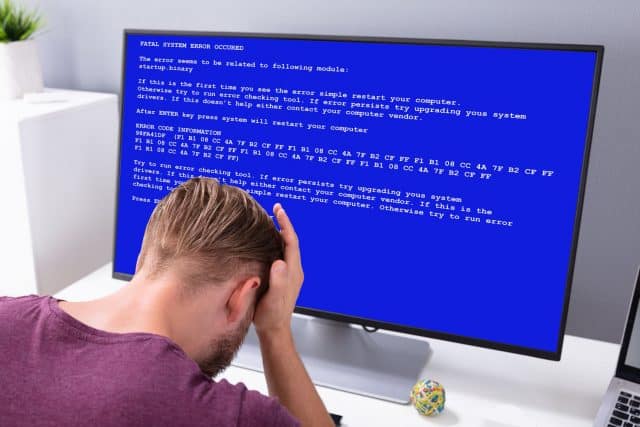BSOD hits one in 200 devices daily

New analysis of system crashes shows that, without preventative IT in place, one in every 200 devices falls victim to the dreaded blue screen of death (BSOD) per day, even under 'good' operating conditions.
The research from Nexthink shows the recent CrowdStrike outage pushed the number as high as one in 10.
There's also significant variation between industries in terms of device stability. In the tech sector 15.2 percent of devices suffer a BSOD each month, while in financial services it’s only eight percent.
The report concludes that by deploying proactive IT systems, businesses can reduce BSOD incidents to around one in 400 devices per day, purely through preventative measures.
"Dealing with the infamous BSOD is one of the most demoralising issues employees can face," says Gaurang Ganatra, product marketing director at Nexthink. "Especially for businesses in the tech industry, where it's far more likely to happen on a consistent basis. Unfortunately, although the majority of these crashes are avoidable, most businesses simply don't have the tools needed to pre-emptively identify the problem and take action. Most don't even know which devices are functioning properly right now, never mind which ones are liable to BSOD in the future."
While some BSOD incidents can be rectified by simply restarting the device, others can be extremely costly, consuming significant amounts of resources from IT support teams and severely limiting the productivity of affected employees for days at a time. Even short interruptions of between zero and 15 minutes are enough to dramatically increase employee frustration.
Among the main causes of BSODs are: investing in problematic hardware models; poorly managed Windows updates; misconfigured graphic card, network, or audio drivers; poor device configuration (typically related to RAM, CPU, and storage); and outdated BIOS.
You can read more about preventing outages on the Nexthink blog.
Image credit: AndreyPopov/depositphotos
